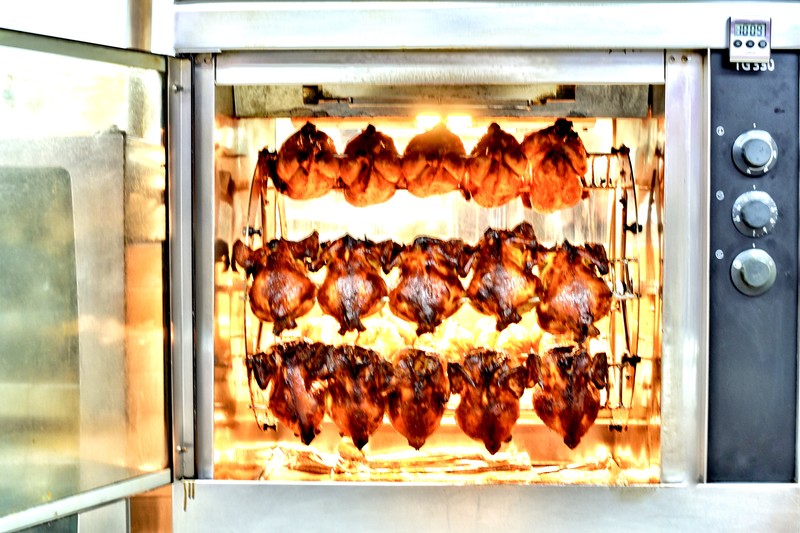My partner told me he was going to stop at Costco to get a rotisserie chicken for dinner last week. He came home with a six-pack of socks, a nine-pack of Magnum ice cream bars, two litres of maple syrup and a hunk of parmesan cheese bigger than my head.
The Costco chicken is a perfect example of a loss leader because those $7.99 birds don’t make the company any money—but everything else you’ll grab while you’re in the store does.
Loss leader strategy is a marketing tactic used to lure customers to the store with a low advertised price on one item (so low the company loses money on it), but we all know you don't go to a store and buy just one thing!
- Retailers who employ the practice are willing to take a loss on one product because they know once you're in the store, you'll buy items they do make money on.
- In 2015, Costco’s CFO said the company was willing to take on US$30 to US$40 million a year to keep the rotisserie birds at a budget price point.
- And clearly, the loss leader chickens aren't cutting too far into the company's gross profits—it made over US$27 billion in 2022.
Costco is one of many stores to use the loss leader strategy. Retailers want foot traffic—they want you to browse their wares and pick up some non-planned purchases. It's why you have to walk through the entire Ikea warehouse to get to the coveted As-Is section.
While the practice might top up a specific store's earnings, it can harm small businesses that can't compete with loss leader pricing and pressure suppliers to keep costs low.
